Gate valve characteristics and installation notes
Gate valve characteristics:
Light weight
The body is made of high-grade nodular cast iron, the weight is about 20%~30% less than the weight of traditional
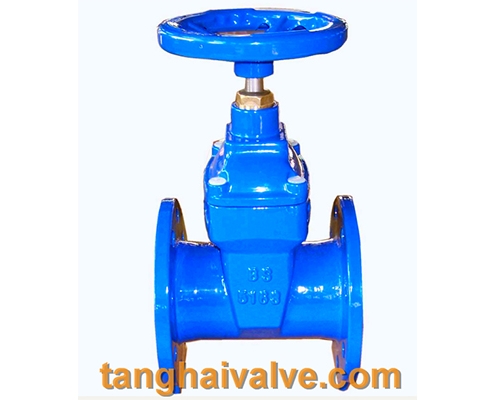
13 gate-valve-5
gate valve, and the installation and maintenance are convenient.
Flat bottom brake seat:
Traditional gate valves often silt in the grooves at the bottom of the valve due to foreign objects such as stones, wood, cement, iron filings, sundries, etc., after the pipe is washed with water, which can easily cause water leakage. The bottom of the gate valve is sealed by elastic seating. It adopts the same flat-bottom design as the water pipe machine, which is not easy to cause debris accumulation and makes the fluid flow unimpeded.
Overall encapsulation:
The gate adopts high-quality rubber for the overall inner and outer rubber. European rubber vulcanization technology enables the vulcanized gate to ensure accurate geometric dimensions, and the rubber and ductile cast gate are firmly connected, not easy to fall off and have good elastic memory.
Precision casting valve body:
The valve body is made of precision casting, and the precise geometric dimensions make the inside of the valve body without any finishing to ensure the sealing of the valve.
Installation Precautions of gate valve:
1. Handwheels, handles and transmission mechanisms are not allowed to be used for lifting, and collisions are strictly prohibited.
2. The double gate valve should be installed vertically (that is, the valve stem is in the vertical position and the handwheel is on the top).
3. The gate valve with a bypass valve should be opened before opening (to balance the pressure difference between the inlet and outlet and reduce the opening force).
4. The gate valve with transmission mechanism should be installed according to the product manual.
5. If the valve is frequently opened and closed, lubricate at least once a month.
6. The gate valve is only used for the operation of the medium on various pipelines or equipment, which is fully open and fully closed, and is not allowed to be used for throttling.
7. For gate valves with hand wheels or handles, no auxiliary levers should be added during operation (if the sealing is not tight, the sealing surface or other parts should be checked and repaired). Turn the handwheel and handle clockwise to close, otherwise open. The gate valve with transmission mechanism should be used in accordance with the product manual.
Installation points of gate valve:
1) The installation position, height, and direction of inlet and outlet must meet the design requirements, and the connection should be firm and tight.
2) All kinds of manual valves installed on the thermal insulation pipeline must not handle downwards.
3) Visual inspection must be carried out before the valve is installed. The nameplate of the valve should comply with the current national standard “General Valve Marking” GB 12220. For valves with a working pressure greater than 1.0 MPa and a cut-off function on the main pipe, the strength and tightness performance test should be carried out before installation, and the valve can be used only after it is qualified. During the strength test, the test pressure is 1.5 times the nominal pressure, and the duration is not less than 5 min. The valve housing and packing should be qualified without leakage. During the tightness test, the test pressure is 1.1 times the nominal pressure; the test pressure should meet the requirements of the GB 50243 standard during the test duration, and no leakage on the valve flap sealing surface is qualified.
4) The hand wheel, handle and transmission mechanism are not allowed to be used for lifting, and collision is strictly prohibited.
5) The gate valve with transmission mechanism should be installed according to the product manual.
TH Valve is a professional manufacturer of butterfly valve, gate valve, check valve, globe valve, knife gate valve, ball valve with API, JIS, DIN standard, used in Oil, Gas, Marine industry, Water supply and drainage, fire fighting, shipbuilding, water treatment and other systems, with Nominal Diameter of DN50 to DN1200, NBR/EPDM/VITON, Certificates & Approvals: DNV-GL, Lloyds, DNV, BV, API, ABS, CCS. Standards: EN 593, API609, API6D
Related news /products:
Stainless steel valve material parameters and specific applications;
Common failures of butterfly valves and the characteristics of installation;
Uses and characteristics of manual butterfly valve (4);
Hard seal installation method of ball valve

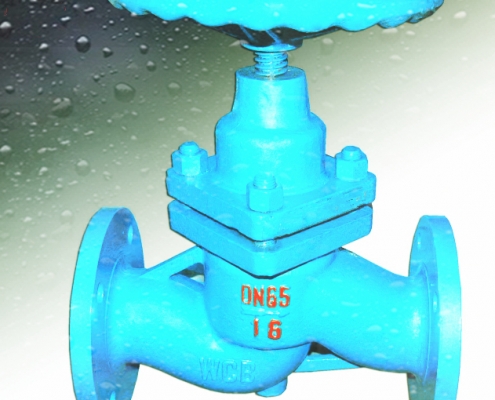
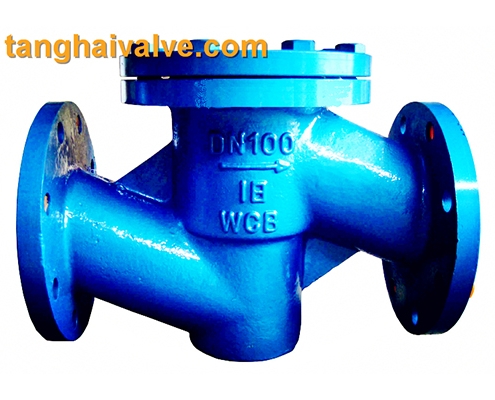
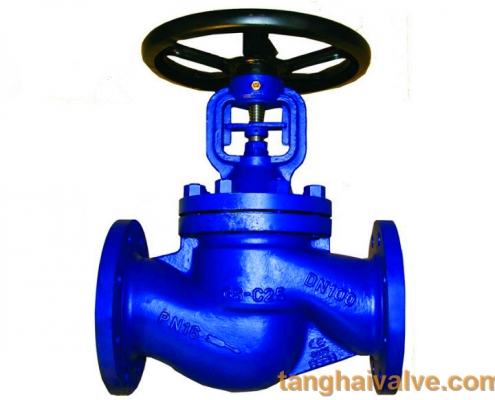
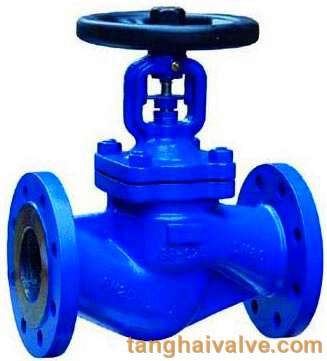
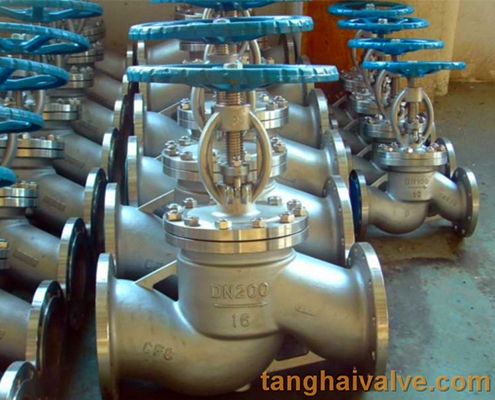
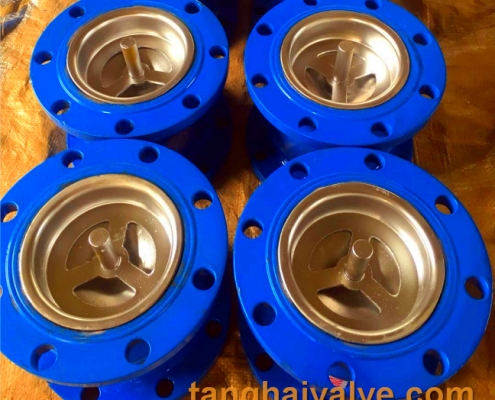


 © Copyright 2020 Tianjin Tanghaidongyang Valve Co., Ltd. All Rights Reserved.
© Copyright 2020 Tianjin Tanghaidongyang Valve Co., Ltd. All Rights Reserved.